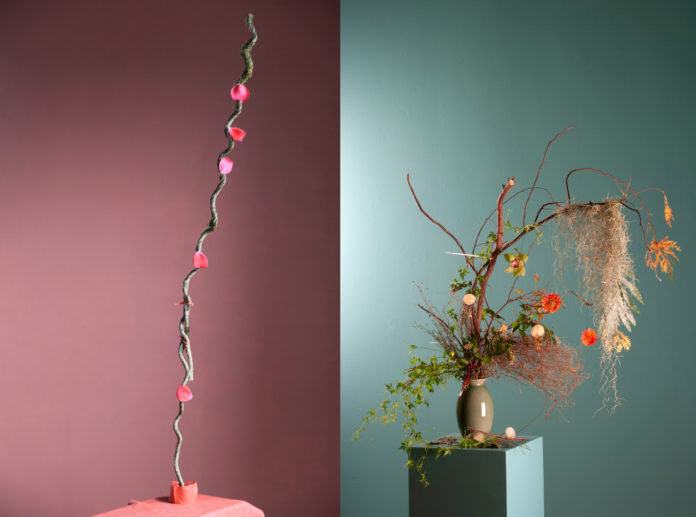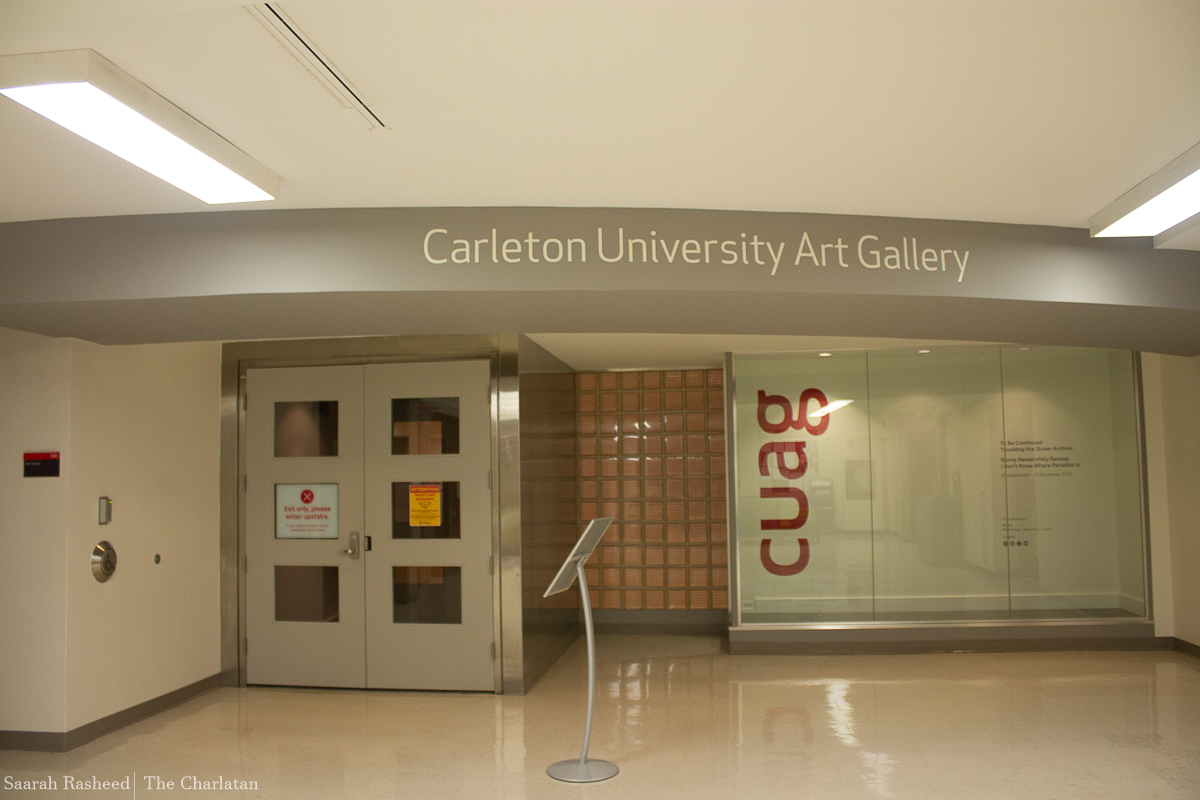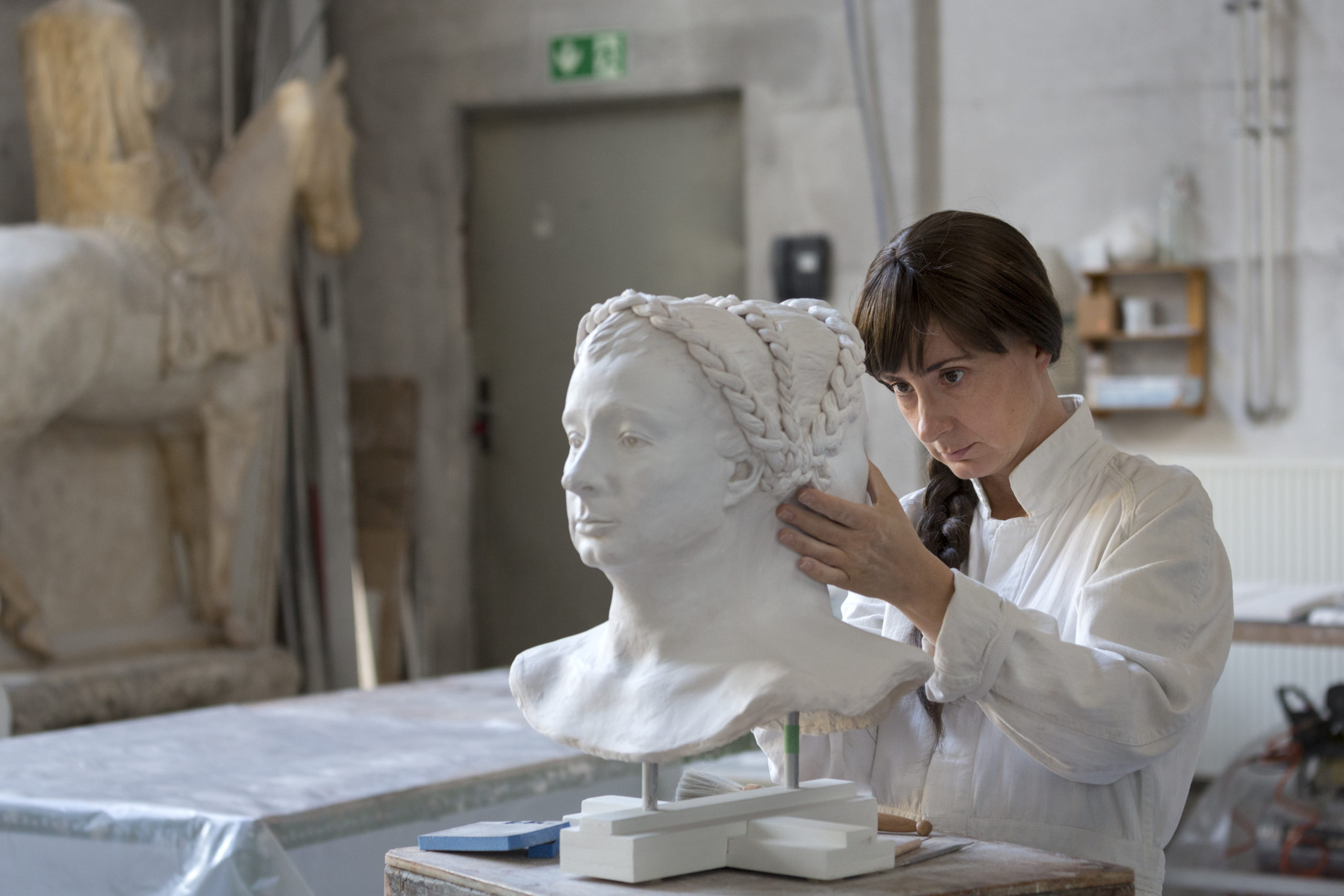
The Carleton University Art Gallery (CUAG) opened its doors on Sept. 24 after six months of closure to display in-person and virtual exhibitions.
When the building shut down in March due to COVID-19, CUAG staff came up with new ways to exhibit art. Online modules available on CuLearn were a starting point.
Exhibitions will be presented through a hybrid format in which visits can be booked in advance. Course modules for the season’s artwork will be developed for digital access.
The reopening model allows visitors to choose their experience based on their comfort level during the pandemic. Online public programming is also accessible to people outside of Ottawa.
A maximum of 10 visitors per time slot can book one-hour visits to the gallery. The hours are limited to Wednesday through Saturday from 1:00 p.m. to 5:00 p.m.

Heather Anderson, CUAG’s curator and adjunct research professor of art history, said the new ways of engaging with art during the pandemic were introduced by public programs coordinator Fiona Wright and programs assistant Danielle Printup.
“Even prior to COVID, Fiona had made an audio tour of the exhibition with [artist] Shannon Finnegan because Shannon is interested in alternate ways that one can engage with an exhibition,” Anderson said.
Wright and Finnegan’s exhibition model inspired an audio tour for the March exhibition “They Forgot That We Were Seeds,” an exhibition created by a variety of artists to portray Black and Indigenous female history. The audio tour formed the model for CUAG virtual visits.
Fall at the gallery features two new exhibitions focusing on queer history and identity.
The first exhibit, “To Be Continued: Troubling the Queer Archive,” has been developed by various artists from the Ottawa area.
The second, Benny Nemerofsky Ramsay’s “I Don’t Know Where Paradise Is,” is a multi-chapter audio work featuring visual elements including floral arrangements, photographs and epistolary collages. The work is narrated by Nemerofsky and an ensemble of voice artists. It reflects teachings from the libraries of gay scholars.
Born in Montreal, Nemerofsky is an artist, diarist and researcher currently completing an artist residency with Fondation Fiminco in Paris.
Anderson said that Nemerofsky originally planned to create pieces for the exhibition and bring them to Ottawa to install in the gallery, but the pandemic forced a new approach.
Instead, local queer artists and Nemerofsky creating floral arrangements that correspond to a chapter of the audio each week.
After each arrangement has been presented, CUAG will send out an email highlighting local participants behind the work.
On Wednesdays, local artists work with florist Kat Kosk on site at the gallery to conceive their arrangement. This process enhances visitors’ exhibition experience when they arrive at the gallery.
“I hope my exhibition poses questions about how legacies of queer identities, histories and feelings are transmitted from one generation to another,” Nemerofsky said in an email.

Taler is a Romanian-born filmmaker and visual artist based in Ottawa. Her work has been recognized internationally in a number of festivals, exhibitions and publications.
As she began her career as a contemporary dance choreographer, Taler created dance films which eventually translated into visual art made for gallery spaces. Efforts to translate the physicality of dance into new mediums is a key practice for Taler.
“Three Songs” focuses on issues of the “foreign” identity, mourning and migration—topics tied to Taler’s past as an individual who has lived in different cultures. The ongoing global refugee crisis is also featured throughout the work.
The exhibition was scheduled to open in May 2020 but was postponed until the winter due to COVID-19.
An immersive quality is added to the film by the gallery space, Taler added.
“It’s life-size—the screens are large and there are ten of them that you’re supposed to move around to create this sense of journey,” Taler said.
Taler said it is her hope that visitors will see themselves represented in her exhibit.
“Even though the work is so much about my experience, I would love it if they found moments of connection in their own lives, moments of humour and moments of sorrow that they can connect with,” she said.
As the community continues to live through strange times, Nemerofsky said the CUAG offers art that helps make sense of the world and our history.
“Art helps us make meaning of the world, and clarify the roles we each play in history,” he said.
As of Oct. 9, the city of Ottawa has returned to a modified Stage 2 COVID-19 closure. The CUAG has closed for the time being.
Featured image provided by the CUAG.





